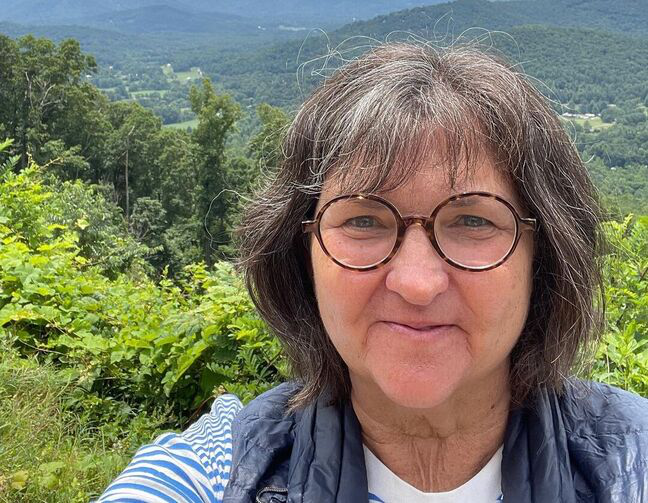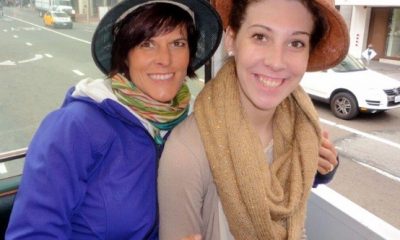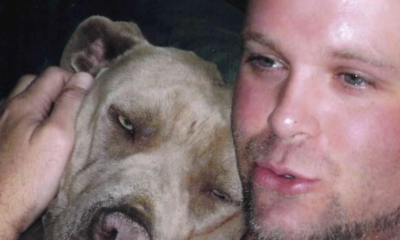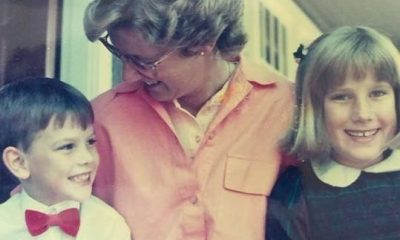by Becky Aud-Jennison
You know that thing that happens when you’ve been thinking about something and then you start seeing it all over the place? People who get pregnant suddenly see pregnant people everywhere. The car model you just bought seems to suddenly be taking over the world. Those creepy Google ads that come up just after a ponder about an item to purchase?
That’s been part of my experience since the release of my book Death and its Terrible, Horrible, No Good, Very Beautiful Lessons: Field Notes from The Death Dialogues Project.
The main reason I created The Death Dialogues Project was because comfortable conversations surrounding death were few and far between. Not only did I rarely hear folks spontaneously talking about death, but there were also next to zero times I would hear the word “beautiful” used in its proximity.
To my delight, I now more frequently hear the words used within this project: the beautiful-horrible. It brings me great joy, that folks are lifting the shroud off of death, letting themselves see some light, and even while devastated are beginning to practice being open to glimpses of beauty. Magic even.
We’ve been brought up with untenable societal expectations. We aren’t supposed to focus on or express the hard bits, but always look for the positive while keeping what might be considered negative to ourselves.
“No one likes a complainer.”
“Try to see the glass half-full.”
“Be positive.”
My argument is that it’s within the layers of the hard truth that some of the most exquisite beauty can live.
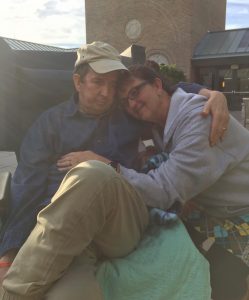 Instead of being in denial about death, talking about it openly with your ailing loved one and asking them what their feelings are surrounding their thoughts on varying aspects of dying may be very hard to do and feel horrible as you consider going there. After their death, when their words come back and comfort you, there’s an exhale, and maybe a little tingle from experiencing the beauty of realizing if you hadn’t been brave enough to walk into those conversations, this moment, this relief, this knowing, may not have happened.
Instead of being in denial about death, talking about it openly with your ailing loved one and asking them what their feelings are surrounding their thoughts on varying aspects of dying may be very hard to do and feel horrible as you consider going there. After their death, when their words come back and comfort you, there’s an exhale, and maybe a little tingle from experiencing the beauty of realizing if you hadn’t been brave enough to walk into those conversations, this moment, this relief, this knowing, may not have happened.
I’m reminded of the very first Dignity Therapy process I went through with an elderly woman in hospice. Dignity Therapy is a process where a therapist collects the verbatim answers to ten questions over tape and then creates a written narrative for the person. After reading the end result to her, she leaned forward, placed an open hand on either side of my face, looked deep into my eyes and said, “You. Are. An. Angel.” Yes, that was a beautiful moment for me, seeing her radiant smile and hearing her level of satisfaction, but the real beautiful-horrible was for her. She’d explored some shadow places of her life, but also was able to give me enough to create a narrative that glowed from the brilliant light she had shared throughout her life while she looked into death’s waiting eyes. Just having space to explore one’s living can sometimes be enough to reframe the dying experience from dread to a place of recognizing the full spectrum of their life.
Much of our horrible thoughts about death stem from the stories or narratives we create about the unknown. We clench so tightly against death that we insist on missing the magic that can happen at the bedside of a loved one when they feel others are open to listening to them. The love, the directives, the insight, and yes, sometimes their magical glimpses into the beyond. Making room for a dying person to express the full spectrum of their experience and feelings can be part of the beautiful.
There’s no getting around the horrible surrounding death. Tragic, untimely deaths and even the expected death of our very elderly connections who have been a mainstay in our lives can rock us to our very core. The more intense voids leave us with the understanding that the expansive puzzle of our life will now always be missing integral pieces on the earth plane. As I write this from my flu bed, I’ve been reminded of the horrible I experience when unwell. The fact that the people who checked in and cared for me the longest have left the planet rears itself making me feel like a lonely, abandoned child. Of course, there are times when we may find it impossible to land on the beauty.
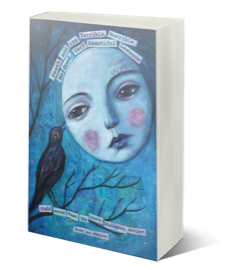 My hope for you is that if you are not someone who has made a practice of being open to the full spectrum of living, you consider doing so. So much of children’s and adults’ angst comes from having difficulty sitting with discomfort. Being fed the misinformation that if life gets hard, or you royally screw something up or anything less than “great” is harmful serves no one.
My hope for you is that if you are not someone who has made a practice of being open to the full spectrum of living, you consider doing so. So much of children’s and adults’ angst comes from having difficulty sitting with discomfort. Being fed the misinformation that if life gets hard, or you royally screw something up or anything less than “great” is harmful serves no one.
We need to be transparent about the fact that life isn’t easy. There will always be bumps. Challenges. Screw ups. Horrible things will happen. So much so that if we negate or block those less than beautiful times of our lives, we are not living authentically with our minds and hearts wide open to it all.
When the horrible feels scary: ground yourself with deep, even breathing and remind yourself that this very second is your current reality. Not yesterday. Not today. Now.
Return to the love that connects us all. Have all of the conversations. Living and dying well depends on it.
For more information about Becky, you can check out her website.
Support us by driving awareness!
Subscribe to our YouTube channel at YouTube.com/GrapGrief.
Follow us on Facebook at Facebook.com/GrapGrief and on Instagram at Instagram.com/GrapGrief.




